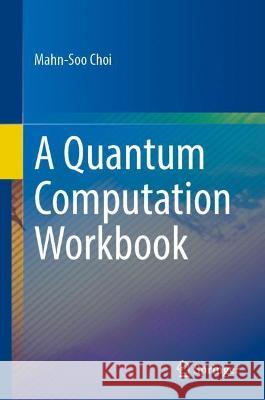A Quantum Computation Workbook » książka
topmenu
A Quantum Computation Workbook
ISBN-13: 9783030912130 / Angielski / Twarda / 2022 / 448 str.
A Quantum Computation Workbook
ISBN-13: 9783030912130 / Angielski / Twarda / 2022 / 448 str.
cena 430,98
(netto: 410,46 VAT: 5%)
Najniższa cena z 30 dni: 289,13
(netto: 410,46 VAT: 5%)
Najniższa cena z 30 dni: 289,13
Termin realizacji zamówienia:
ok. 16-18 dni roboczych
Dostawa w 2026 r.
ok. 16-18 dni roboczych
Dostawa w 2026 r.
Darmowa dostawa!
Kategorie BISAC:
Wydawca:
Springer Nature Switzerland AG
Język:
Angielski
ISBN-13:
9783030912130
Rok wydania:
2022
Ilość stron:
448
Waga:
0.79 kg
Wymiary:
23.39 x 15.6 x 2.54
Oprawa:
Twarda
Wolumenów:
01
Dodatkowe informacje:
Wydanie ilustrowane











